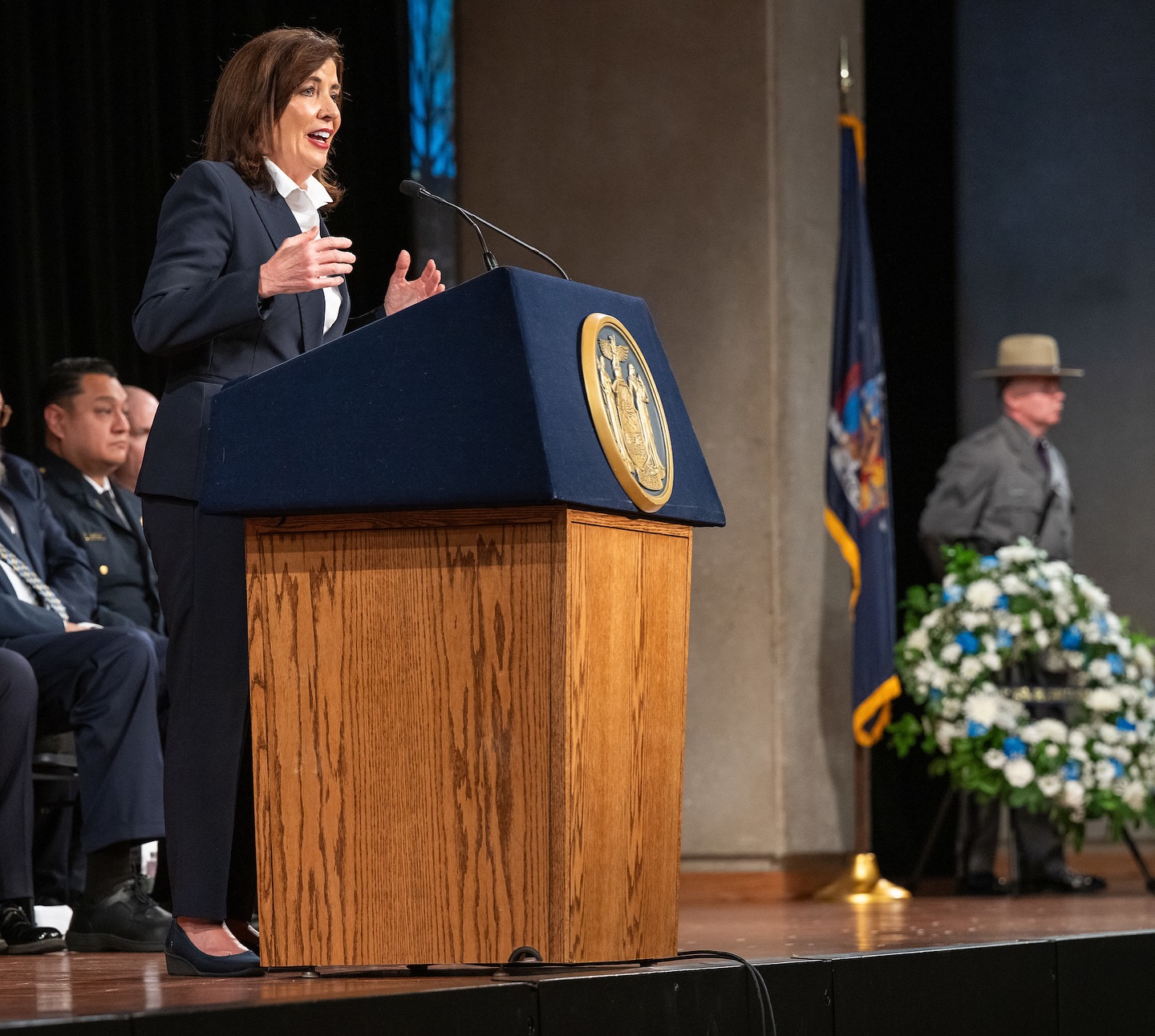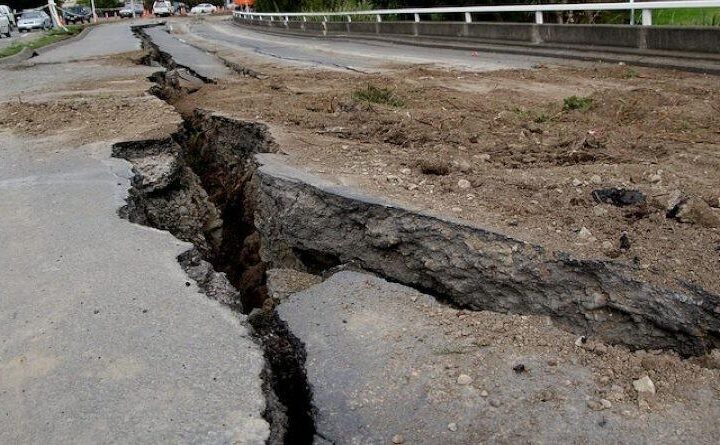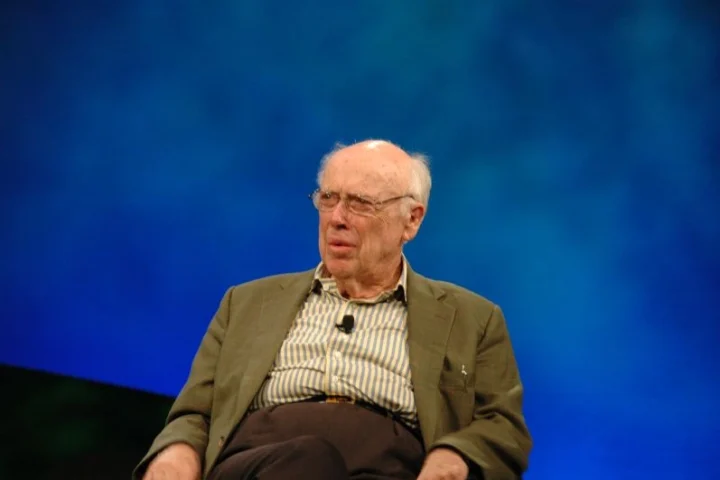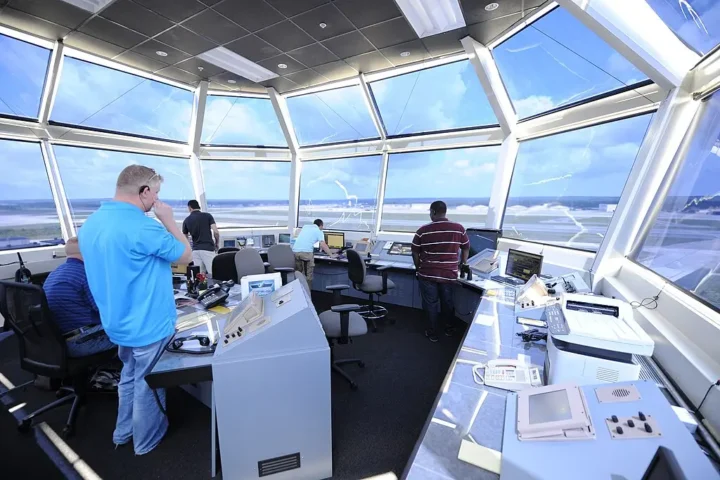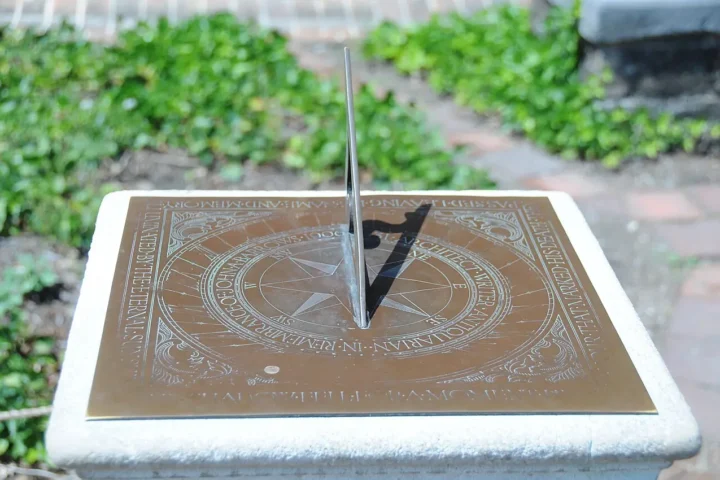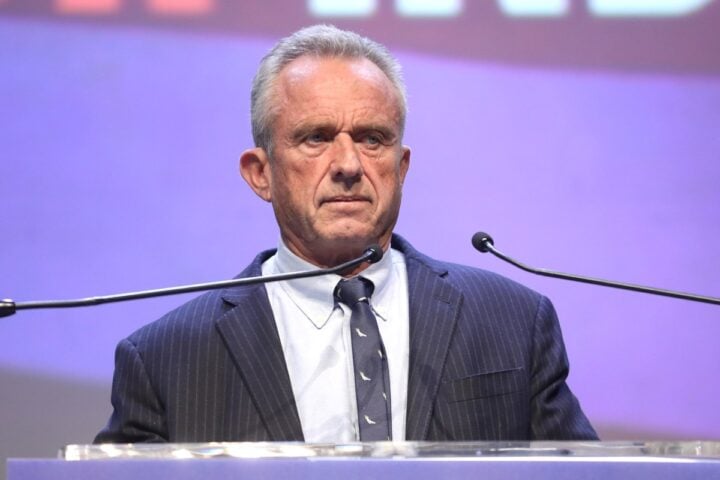The MTA is about to undergo its largest transformation in history. A $68.4 billion investment will reshape how millions of New Yorkers move around the city and its suburbs over the next five years.
“Public transit is the lifeblood of New York,” Governor Kathy Hochul said while signing the funding bill. The money targets long-ignored problems that frustrate daily riders – from broken elevators to delayed trains.
Numbers tell the real story. The MTA loses millions each year from people jumping turnstiles. New, harder-to-evade fare gates will replace the old ones. That lost money could have paid for better service or kept fares lower.
Commuters between Brooklyn and Queens will see a major change. The new Interborough Express will let them travel directly between boroughs. Right now, many spend over an hour making multiple transfers through Manhattan for what should be a short trip.
For Metro-North commuters tired of long rides, help is coming. Track and signal upgrades will cut up to 15 minutes off many trips. Some express trains will finally make the run in under 90 minutes – time saved that adds up to days over a year.
Parents struggling with strollers, seniors, and people with disabilities face a daily battle with station stairs. The plan adds elevators and ramps at more stations. It’s not just about convenience – it’s about making the subway usable for everyone.
Weather problems won’t disappear, but stations and tracks will handle storms better. New flood protection and stronger infrastructure mean fewer surprise service cuts when it rains. The changes come after storms have repeatedly shut down large parts of the system.
Similar Posts
Buses are going green, with the entire fleet switching to electric by 2040. Beyond helping the environment, electric buses run quieter and produce less street-level pollution in neighborhoods.
Small businesses get a break too. About 10,000 smaller companies will pay less in transit taxes. Self-employed workers earning under $150,000 won’t pay this tax at all.
The money has to come from somewhere. The city must contribute $3 billion. The MTA needs to find another $3 billion through better efficiency. Some funds – $1.2 billion – are being moved from Penn Station’s renovation to these more urgent needs.
MTA Chair Janno Lieber knows the stakes. “The women and men of the MTA look forward to getting to work on important capital projects that deliver on the Governor’s vision and ensure that New Yorkers keep moving for decades to come.”

But questions remain. The MTA’s track record on big projects includes delays and cost overruns. Keeping the system running while rebuilding it presents huge challenges. And riders want to know exactly when they’ll see improvements at their local stations.
This massive investment tackles problems that have built up over decades. While the changes won’t happen overnight, they target the daily frustrations that millions of New Yorkers face just trying to get where they need to go.
